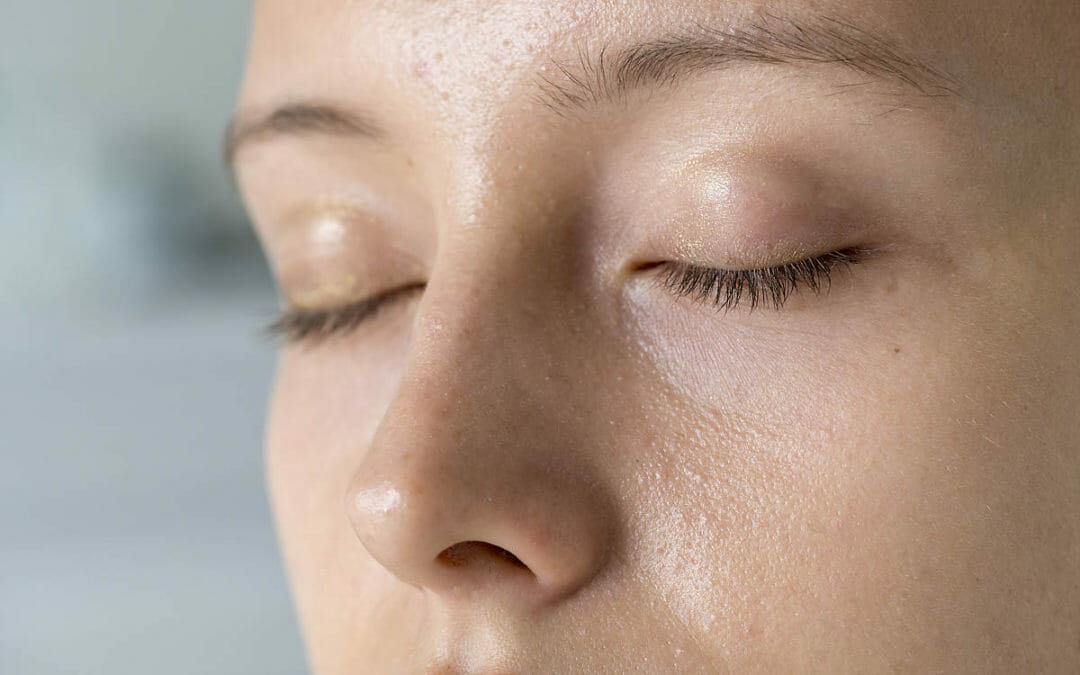 What is eye deformities?
What is eye deformities?
One of these eye conditions may be causing your vision loss. This disease results in a gradual deterioration of your vision. AMD patients have trouble seeing at night, recognizing objects in front of their eyes, and noticing details on the sides of their vision. Though there is no cure for AMD, scientists are developing promising drugs and procedures to restore lost vision. This article provides basic information about these diseases and their treatment.
Most Common Conditions of the Eye Deformities
Crossed eyes and astigmatism are two of the most common conditions in the eye. Both are problems resulting from the misalignment of the eyes. This causes one to track the other differently. In young children, this causes a lack of vision in the weaker eye, which is also called the “lazy eye.” Strabismus can also be treated in adults with an eye patch to the stronger eye, or surgery. This condition affects approximately one in 100,000 people. Early treatment is crucial.
Aside from crossed eyes, there are other eye conditions that can affect the quality of your vision. Crossed vision, also known to be called amblyopia (or amblyopia), can cause poor vision. In some cases, patients suffer from severe pain that makes them unable to read the small print. Rarely, patients may need a special contact lens or surgery. This condition can cause headaches, blurred vision, light sensitivity, dry eyes, blurred vision, and dry eyes.
Floaters aren’t a serious condition and are generally harmless. If they become painful, you should consult an eye doctor. Most floaters do not cause blindness, but they can lead to vision loss. Most cases don’t require treatment. You can resume your normal life once they are gone. If you have ever had eye problems, consult an ophthalmologist right away.
Inherited Eye Deformities
Retinal Degenerative Disease is an inherited condition that gradually damages the retina of the eyes. This condition can cause vision problems, such as night vision issues and side vision loss. These conditions should be treated immediately if you experience any vision changes. If you experience flashes or floaters, you should get medical attention immediately. If your current contact lenses are blurred, you should consider buying a new pair.
Another common eye deformities condition is myopia. It is caused when the oil gland located at the base of each eyelash fails to function properly. This condition causes a raised, reddened pimple along the edge of the eyelid. The patient may experience pain and inflammation as well as discharge. The doctor will recommend contact lenses or eyeglasses for the patient to correct the problem. If the sty has ruptured, surgical treatment is available.
A common condition is a nearsightedness. This is a naturally occurring eye disorder. Usually inherited, nearsightedness runs in families. Nearsightedness is usually diagnosed early in life and stabilizes by the teenage years. Both types of eyes have a point of focus that is not aligned with the retina. In both cases, the point of focus of the eye is far from the retina. To correct the problem, a patient with farsightedness will need to wear corrective glasses.
An injury to the conjunctiva can cause haemolacria. This can happen when an object gets stuck in the eyelid. Other causes of haemolacria are high blood pressure or blood disorders. Some patients may have both. Both acquired and inherited eye diseases can be treated with genetic therapies. These diseases are often treated with gene and stem cell therapies.
Eye Deformities in Infants
Diabetic retinopathy is a condition that occurs in premature infants. This condition causes the retina to become distorted and blood vessels in the retina to swell. The retina may become detached and damaged. In severe cases, blindness can result. Most cases of this condition resolve themselves after the onset of diabetes. While most patients with ROP can see fine objects, they will need to wear contact lenses in order to see well.




